|
*This post contains affiliate links. I receive small commissions for purchases made through these links at no extra cost to you. These commissions help me keep this site up and running, in order for me to keep providing helpful and inspiring art content. :)
Interested in learning watercolor but unsure of what supplies are best suited for beginners on a budget? Does the thought of going to the art supply store and having to decide what specific items to choose in a sea of different types of paper, paint and paintbrushes make you not want to start at all? Do you find all the information out there about watercolor paint, paper, paintbrushes, etc. confusing and, perhaps even, overwhelming? I feel you! When I was first starting my own watercolor painting journey, I wasted a lot of money on supplies that ended up sitting on my shelf unused. I also bought materials (especially paper) that made the whole learning process much more frustrating and longer than it could have been. Though I'm still working hard at improving my skills, I've learned a lot in the years I've been painting with this medium, and I have a solid idea of what particular supplies actually helped me improve, as well as which ones I shouldn't have spent my hard-earned cash on. In this blog post, I will share a list of items that all beginner watercolor artists should have on hand when starting on their journeys, as well as specific brands of products that I have personally used time-and-time again. I will also provide essential information throughout that I wish I knew when I first started with this amazing painting medium. This way, you'll not only be able to make more informed choices when you're deciding which supplies to buy, but you'll progress your watercolor painting skills a lot faster. Before I get into talking about specific supplies, I'd like to preface this by saying that I'm all for using basic, non-expensive supplies when creating any kind of artwork, especially when we're just getting started and/or when the piece is not meant to be sold. It's important to invest in superior quality supplies once you start selling your paintings, but there is absolutely no need for you to spend so much money in the beginning. If you have money to invest in it, then by all means go ahead and go for expensive supplies right away. But I know I didn't have the budget in the beginning. What's important for the beginner is to stay consistent with his/her practice and gain momentum. And it's very hard to stay consistent when we're worried about wasting our precious (and expensive) supplies. Also, in many ways, the more limited your supplies are, the faster you'll grow. There are several brands of art supplies that are on your side and create quality products for you to build up your skills without the need to spend a ton of money. So please, don't make this an excuse not to keep working on your art! Next, I'll be sharing a list of nine essential items to have on hand as you start your watercolor painting journey. Some of these you'll have to buy, but others you probably already have. :)
If you enjoyed this video and found it helpful, make sure to subscribe to my YouTube channel. I share a brand new video every week with art tips, drawing and painting tutorials and mindset/productivity tips for artists. *Subscribe HERE*
For a full list of my current favorite art supplies go here. Watercolor Supplies for Beginners on a Budget
|
2. Paper
There are three main things that will affect your painting experience, as well as the outcome of your work when it comes to paper, and this is its weight (how thick or thin it is), absorbency (directly related to paper 'sizing') and texture (how rough or smooth it is).
These are the main things you should start noticing about your paper as you move forward. When we're just starting out, it's best to go for a paper that falls within a mid-range of each of these three things.
Watercolor paper is categorized into three main types: Rough, Cold-Press and Hot-Press
Because Cold-Press paper offers the best of both worlds, it's the paper of choice for many professional watercolor artists and it is the one I recommend beginners look for.
This said, it's important for you to know that characteristics will vary from brand to brand and you're going to have to do some exploration yourself in order to arrive at the specific brands/products that work to your benefit, enhancing your own art style.
In terms of thickness, watercolor can be found in lightweight, medium-weight and heavy-weight.
I would strongly advise against spending money on any kind of light-weight paper, as it tends to buckle, warp and is much more delicate, which is something we don't want when we're just getting to know a new painting medium.
Here are three specific weights that you can usually find at art supply stores:
Here are two of my favorite accessible watercolor paper brands. I used both Canson and Strathmore papers a ton at the beginning and still enjoy using them for quicker studies and explorations.
There are watercolor artists out there that may shun lower quality watercolor paper advise beginners to start with the best 100% cotton watercolor paper right off the bat. I'm not one of them.
100% cotton watercolor paper may be awesome for professional artists already selling their work (especially if they're selling originals), but as beginners we are exploring and developing skills.
Superior paper brands like Arches are amazing, but they are much more expensive. I much prefer you paint a lot and not keep yourself from working because your materials are too precious!
The last thing you should know about in terms of paper, are the different formats that you can find it in. Watercolor paper can be acquired in pads with many sheets in them, in large sheets that you can buy in singles and then cut up in whatever size you'd like to work in, and in blocks.
Blocks are interesting because they have a film or adhesive all around their edges and require you to use some sort of knife to separate sheets one by one. They are useful, especially for those looking to paint landscapes and/or enjoy working in plein air because they eliminate the need to stretch your paper on a board beforehand.
I would recommend beginners start with paper pads. I enjoy buying medium sized pads and cutting them to whatever size I need, sometimes creating 2-4 separate illustrations with one same sheet.
3. Paintbrushes
I'm going to be explaining a bit about the two things that you should know about at this point, which are different paintbrush shapes and hair.
First and foremost, I want to get something out of the way.
I feel there is the misconception amongst beginners starting out with watercolors that you should have tons of different types of paintbrushes in order to create a successful watercolor painting, and this couldn't be further from the truth.
When we're first starting out getting to know the medium, we might feel inclined to buy those huge sets of paintbrushes so that we can follow along with different watercolor technique tutorials and fun abstract exercises.
Though learning different techniques and exploring the beautiful effects that watercolor allows is very useful, when you really want to hone into your subject of choice (be it landscapes, still life, animals, portraits, etc.), and actually improve your skill, you're going to find that you only use a few (or even a couple) different types of brushes.
Once you have spent a bit of time practicing, you're going to arrive at your own favorite paintbrush type/size and, most likely, you'll be able to paint all sorts of things using only those two or three brushes!
So instead of buying one of those huge paintbrush sets with all the different types in it, invest in only 3-4 higher quality paintbrushes that you're actually going to use (and won't fall apart after a few paintings). I would recommend round brushes, as they are the most versatile.
Decide what sizes are right for you, depending on your subject of choice, as well as the level of detail you want to be able to achieve. I would recommend acquiring one larger (1-1.5 in) flat brush along with 2-3 sizes of rounds, just so you can have a way to cover larger areas at once.
But that's pretty much it!
Here are the main kinds of paintbrush shapes that you'll be able to easily find at art supply stores:
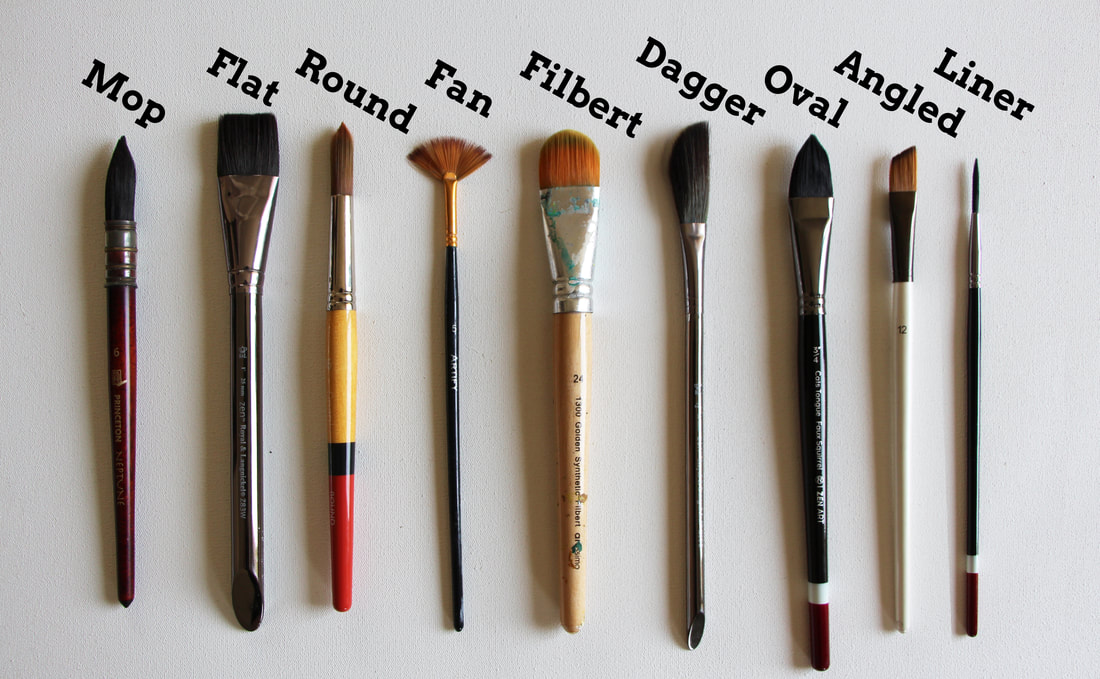
All of these can be found in all kinds of sizes. As your watercolor painting journey progresses, you'll likely hear about other types of more specialized paintbrushes like: the mop brush, dagger brush, rigger brush, etc., but don't worry about those for now!
An awesome type of paintbrush that you should know exists, especially if you enjoy painting outdoors or taking your art supplies along with you when you travel, is the water-fillable paintbrush. This one eliminates the need for a water jar as you paint.
And lastly, in regards to brushes, you are going to be able to find them with three different kinds of hair: natural, synthetic and a mixture of the two. Paintbrushes with natural hair are usually considered higher quality and are created with hair from different animals (squirrel, camel, ox, etc.).
However, there are excellent quality synthetic paintbrushes that mimic natural hair and I would recommend these for beginners as they are usually more affordable and durable in many ways.
I only work with synthetics.
4. Paint mixing palette
If you buy a watercolor set like Sakura Koi set mentioned in number one, you don't really need to buy a separate palette, but you can get a plastic one with reservoirs like the one below for a small amount of cash.
5. Thick backing board or mat
You can always tape your paper down onto your desk or table, but you won't be able to shift it and turn it throughout the painting process, which can be uncomfortable and annoying.
6. Artist's masking tape
If you paint simple illustrations that have little to no backgrounds or don't use wet-on-wet techniques very much, you can get away with not stretching medium to heavy weight paper.
7. Absorbent tag or paper towel
8. Glass or plastic container (or two)
If you choose to do this, one jar can be used to rinse your brush, while the other can be used to add water to paint mixtures.
Whether you decide to use only one, two or three water containers, just make sure you're keeping an eye on your water and changing it as needed. Using dirty water will affect your colors!
9. Scrap pieces of watercolor paper
I always cut up older paintings that didn't work out into smaller pieces for this purpose, so no paper is wasted.
Remember watercolor paintings require a bit more care and planning throughout the process, as they cannot be easily fixed.
10. Pencil and eraser
Also, make sure you have a nice, soft rubber eraser on hand. If you find your pencil work is too dark, make sure to lightly erase before starting to paint.
|
|
With these 10 supplies you'll be ready to get started on your watercolor painting journey.
Paper to me was most important. I like Arches 140 cold press and I have some cheaper 140 cold press for practice and scrap. Instead of cardboard I tape it to a piece of clear heavy plexi Glass. Thank you for sharing! This is great advice.
Hi Chris!
Thanks so much for checking out my post and taking time to comment. :)
I very recently started using Arches and it's definitely been an experience! Paper makes all the difference!
Which paint brand(s) do you use?
Plexi glass sounds like an awesome idea!
Hi! I wanted to thank you for your time in creating this watercolor supply list for us to see. Its going to be really helpful! You're awesome! Have a happy day everyday!
Hi, Yanely!
Thanks so much for reading and taking time to leave a comment. :) It truly means the world.
Glad to hear you found this one helpful.
Have a lovely week!
I also have to add my thanks, I've been working on my art for a couple months now and it's going great in my pure pencil work, but I am struggling with my watercolor. I've just about got my paper sorted and I bought a nice affordable pan kit with a water brush that I love, but it's been a nightmare trying to decide what brushes to get. Your article has really helped.
THANK YOU 😊😊
Hi, Jinny!
Thanks so much for checking out this article and also for taking time to leave a comment. It really means the world. :) I'm glad to hear you found some helpful nuggets.
If you want more help getting started with watercolor, I highly recommend checking out my Watercolor Mini-course for the Total Beginner. It's completely free for my art email insiders and you can grab it here: https://lancaster-e85-gmail-com.ck.page/2a06aa492f
Wish you tons of progress and enjoyment in your journey with watercolor!
Thank you so much for making this list! As someone who's just beginning to work in watercolors, it's very helpful.
Hi, Beth!
Thanks so much for checking out this blog post. :)
Glad to hear you found it helpful.
Wish you tons of progress and enjoyment in your journey with watercolor!
It's really helpful when you said that watercolor pans are an excellent choice for artists who make small-to-medium-sized paintings and that they land longer than watercolor tubes. My daughter has started to paint as a hobby, so I'm planning to buy some watercolor supplies the next time I go downtown. I'll remember what you said that buy the pans since they're more convenient, and I think it's best suited for beginners. Thanks for this!
Hi, Levi!
Thanks so much for reading.
Glad you found some helpful nuggets in this one.
And I'm also happy to hear that your daughter has started painting!
Wish her tons of enjoyment in her journey.
I just found you and this post is invaluable to me. I did pen and ink drawings years ago (YEARS) and haven't drawn since. This year I've been drawn to watercolor and it's become a strong yearning to start! Thank you for this list - I need the guidance! Now to get started!
Hi, Diane!
I'm SO glad to hear that you found this post helpful, and also that you're getting started with your art practice again! Woot! Woot!
I wish you tons of progress and enjoyment in your watercolor journey and do stay connected. I share new watercolor, sketching, and motivation/productivity videos for artists over at my YouTube channel every week, in case you'd like to come on over for more free suggestions and tutorials: https://youtube.com/erika_lancaster_art
Cheers!!
Thank you Erika for this great blog!! I am putting together a "artist bag" for a 20 year old friend for her birthday. She is inspiring to be a watercolor artist and going to college to become an art teacher!! Your blog was a great help to figure out what to get for her!! Thank you again, Jo-Anne
Hi, Jo-Anne!
Thanks so much for checking out my blog and taking time to leave a comment. :)
Glad to hear you're finding the content I'm sharing helpful and that your friend is becoming an artist/teacher!
All the best for both of you. Stay safe!
Hey, there!
Don't get discouraged. I wasn't in a position to invest in my art supplies until I was already working a full-time job and had my own money to spend. :)
Drawing is the basis for all kinds of art and you can start developing these skills with just a piece of paper, a pencil and an eraser.
Wish you well. Stay safe!
Have you tried the ceramic palettes by Roshni Merchant for water colour, gouache and pigments. I love to use them in my black and white ink drawings and even with gold pigments. try them out,
https://midoricollective.com/collections/makers-tools
Here is the link.
Hi, Pritpal!
I haven't used them, but thanks for sharing. :)
Erika
I have wanted to start water color fir some time but even the trying to find the supplies have been intimidating. Your complete list at a reasonable price fir me is awesome. THANKYOU so much for taking the time putting together such an extensive list. Will be starting soon. Can’t wait to follow you and hopefully get some guidance on painting!! 😊
Hi, Becky!
Thanks so much for checking this one out. :)
Glad to hear you found it helpful.
I got started with very accessibly priced supplies myself and didn't start investing in more expensive paper, paint and paintbrushes until my basic skills were developed. You can totally advance your stills with affordable options such as the ones offered here, so don't worry!
Wish you tons of enjoyment and improvement as you move forward in your art journey.
Erika
My favorite watercolor paper brand is Arteza. This Arteza Watercolor Paper is a heavyweight paper and can take in many washes without pilling or bleeding. It is certainly handy and appropriate for novice watercolorists who need enough and sturdy surfaces for practicing.
Hi, Noah!
Thanks for checking this one out and for your recommendation.
I'll definitely check this brand's watercolor paper out in the future.
Have a great one and take good care!
As far as I can tell, this product's only flaw is its smooth side. Multiple erasures and tapes may cause the paper to peel away. If you plan to paint on the rough side of the paper, then this is not a real problem.
Thanks so much for sharing this with us. As a beginner watercolor artist, who has been painting self-taught for just a year, this article has been a wonderful help to me. I especially like the breakdown charts throughout the article to.
Hi, Colleen!
Thanks for reading.
Glad you found some helpful nuggets in this one.
Wish you tons of enjoyment and progress in your journey with watercolor!
Take good care.
I like that you talked about how watercolor painting requires thicker paper. I used to hate watercolor, I could never make it look good. Then my friend had me try on some of her watercolor paper instead of just in my sketchbook and the difference was amazing! Now watercolor is one of my favorite mediums!
Hi, Beverly!
Yes! Paper can make such a huge difference on both our painting process, as well as our final outcome.
I'm SO glad that your friend introduced you to better paper and that you're now loving watercolor. :)
Thanks so much for reading and leaving a comment.
Take good care!
Thank you for providing this information. It will help a lot for beginners like me. An impressive artwork takes a lot of effort, both in painting and storage. Can you show me some ways to store watercolor paintings?
Hi, Mimi!
I think this article will be helpful for you: https://www.artnyfair.com/how-to-store-watercolor-paintings/
Thanks so much for reading and have a lovely day!
Hi, I’m an oil painter interested in starting water colors
I would like to know what eraser is best for erasing paint mistakes… is gum the best, or block rectangles? I want to know when I go one way with my work and I make changes, I would like to make alterations… what else can I use.. wet towels?
Hey, Steven!
Watercolor paint cannot be erased with erasers.
The two main things I do to correct mistakes I've done when painting with this medium are:
a) I go in quickly, while the paint is still wet, to do lifting with an absorbent towel
b) Sometimes, after the paint as dried, I go in with a clean and slightly damp paintbrush, do *gentle* scrubbing, and then lift
This said, it is important to know that different types of watercolor paper will absorb and hold on to paint to different degrees. It's also important to know that different pigments have different staining qualities.
So how much you're able to lift up your color, after it's been placed on paper, is going to really vary.
Generally speaking, once you've placed paint on paper, you cannot go back to the whiteness the paper once had. Even if you're able to lift up some amount of paint, it'll be near impossible to "erase" that color completely. This is why it's important to plan for highlight areas especially, and keep them safe throughout the painting process.
Hope this helps!
Thanks for reading and have a great day. :)
Leave a Reply.
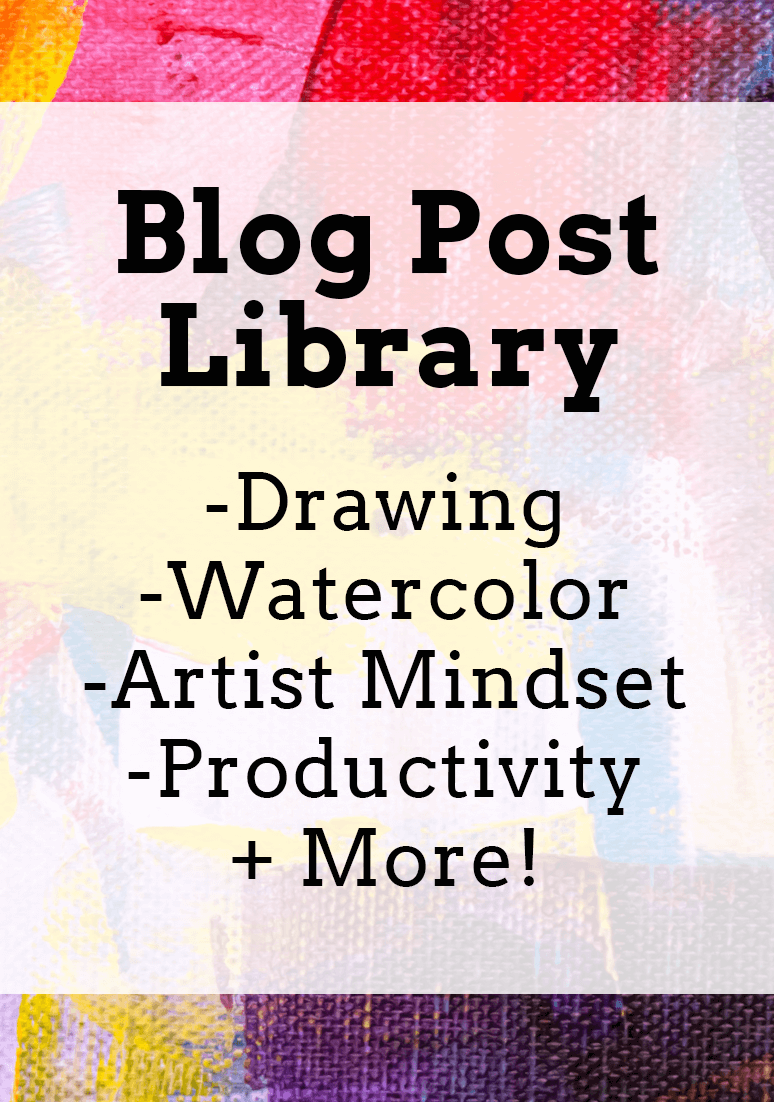
is a participant in the Amazon Services LLC Associates Program, an affiliate advertising program designed to provide a means for sites
to earn advertising fees by advertising and linking to amazon.com.
www.erikalancaster.com
is a participant in the Shareasale.com Affiliate Program, an affiliate advertising program designed to provide a means for sites to earn advertising fees by advertising and linking to Shareasale.com partner companies.

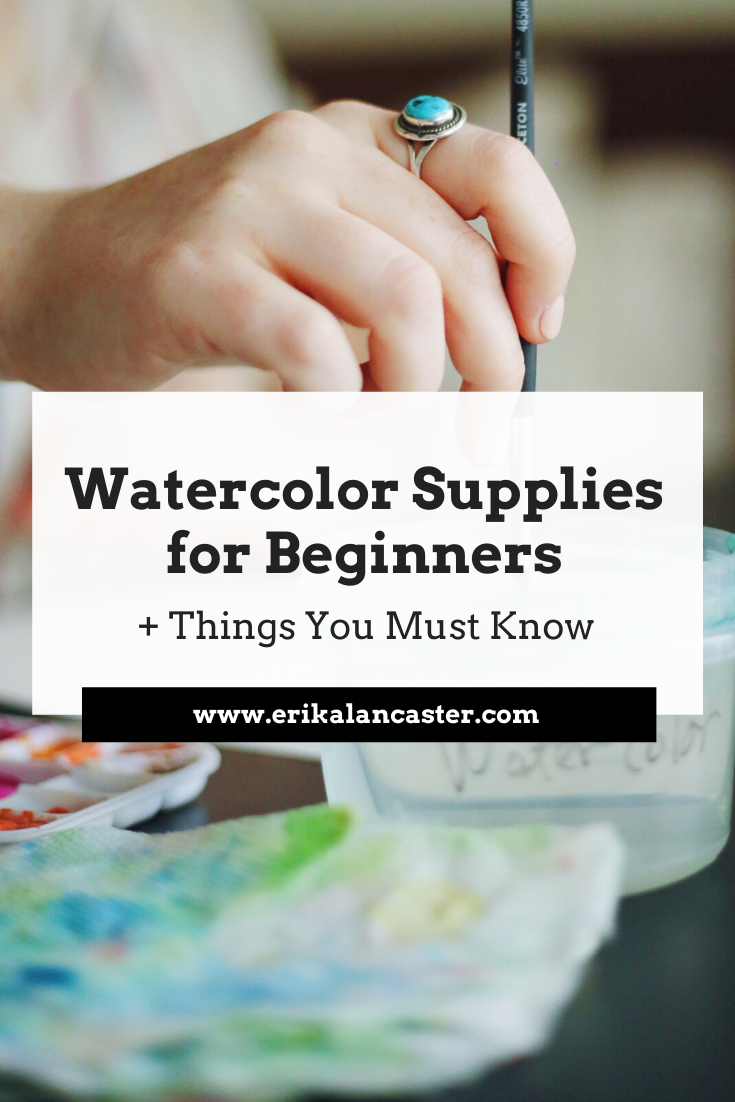
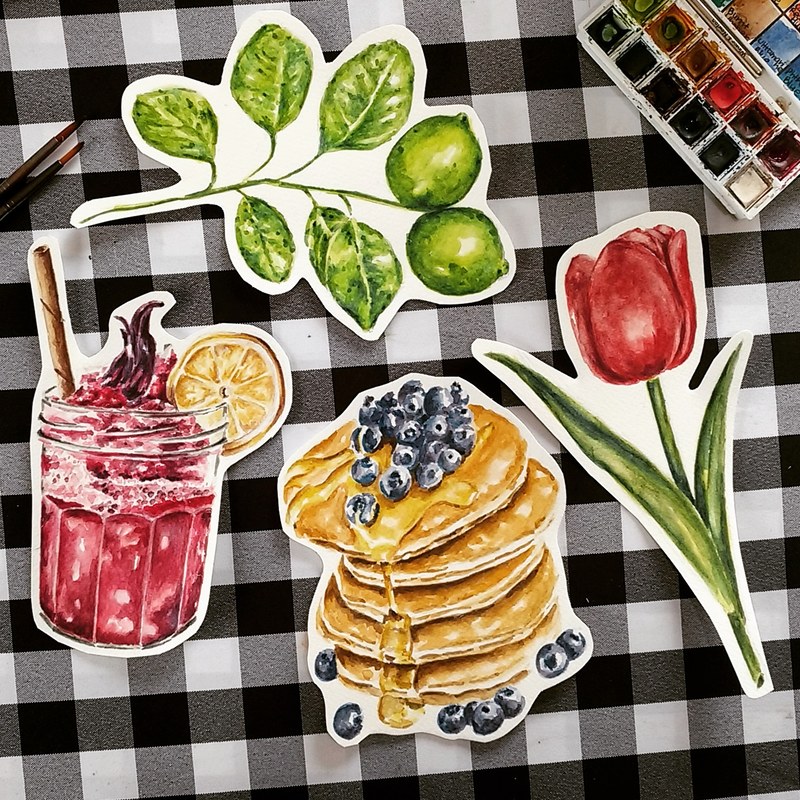
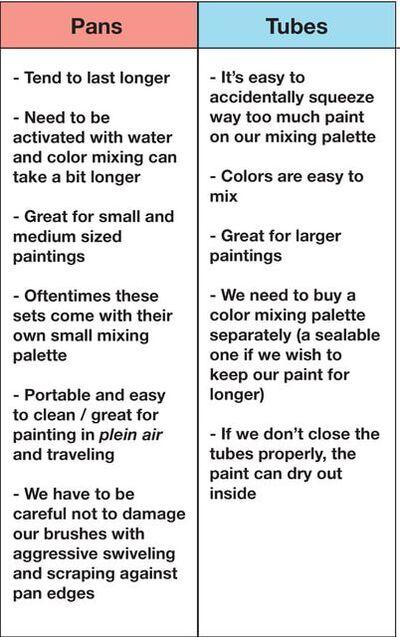
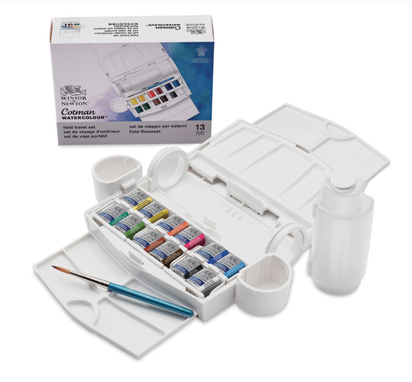
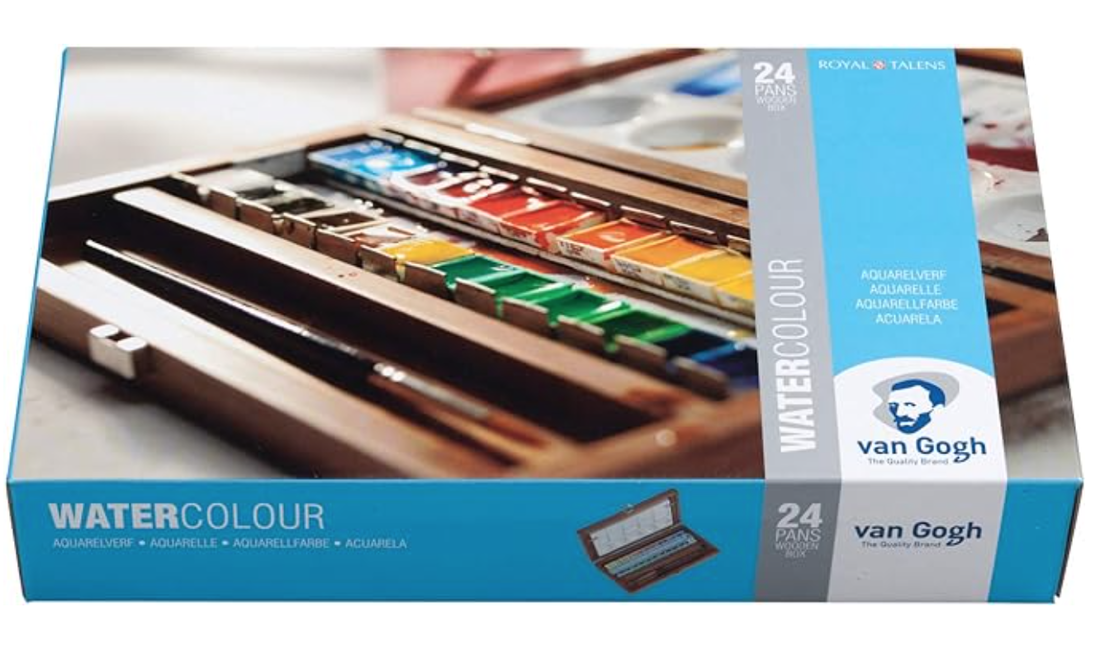
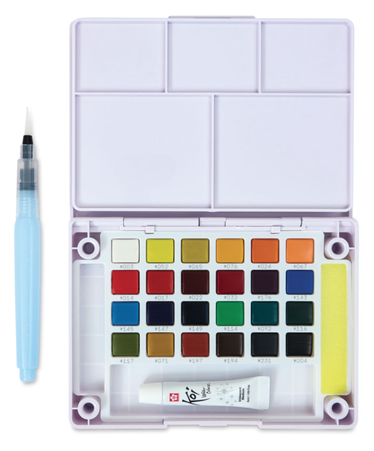
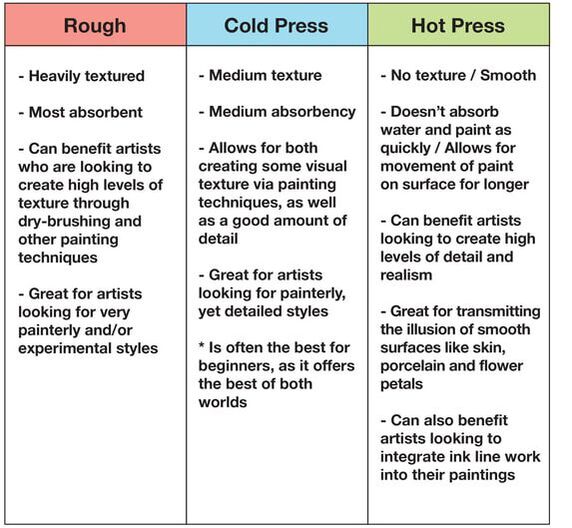
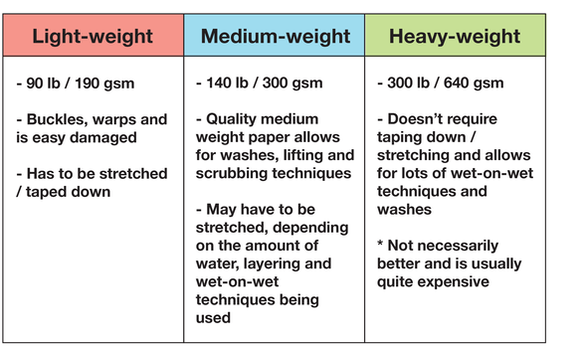
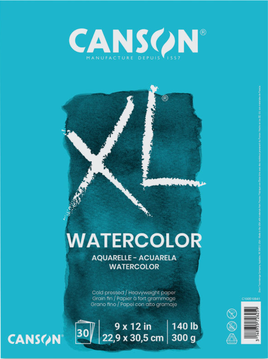
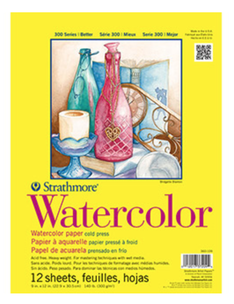
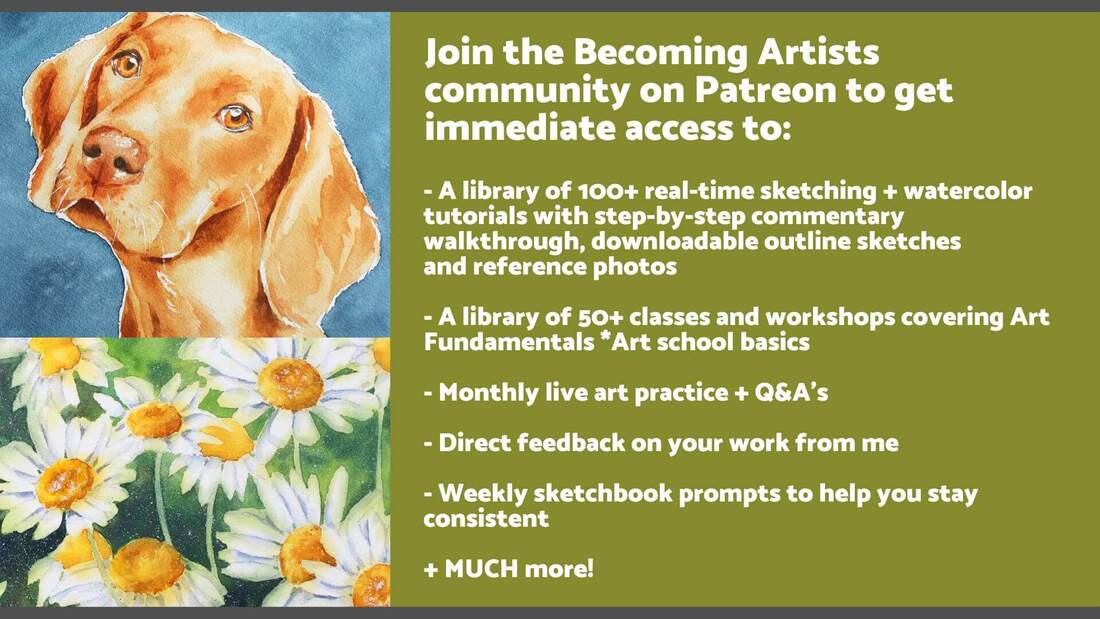
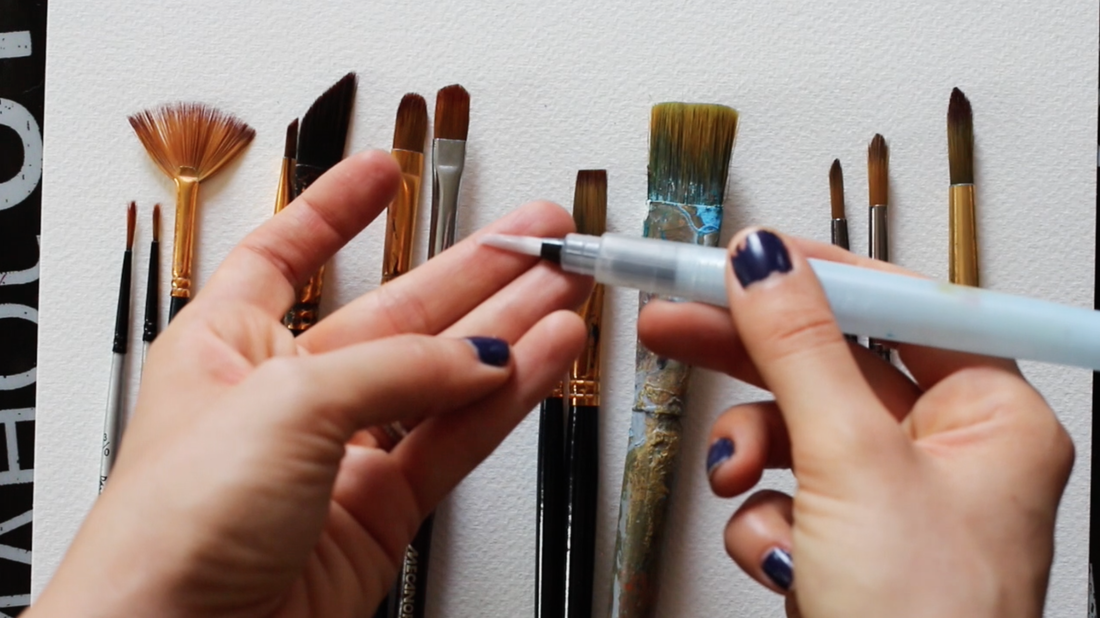
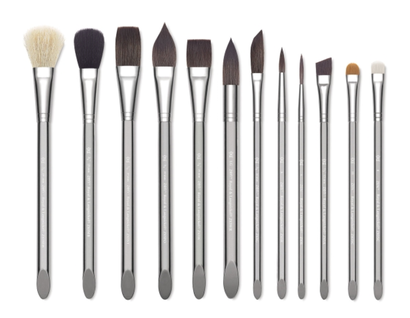
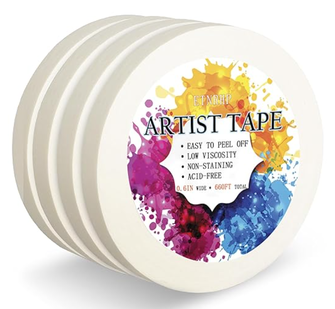
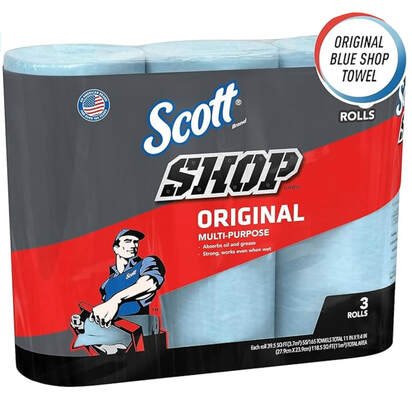
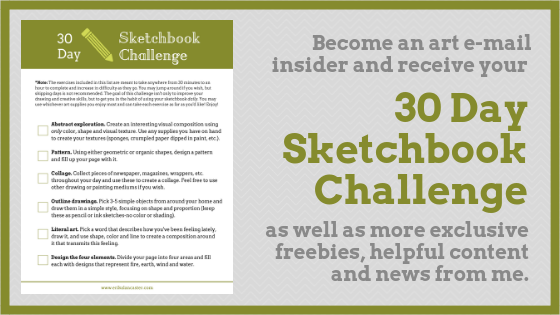
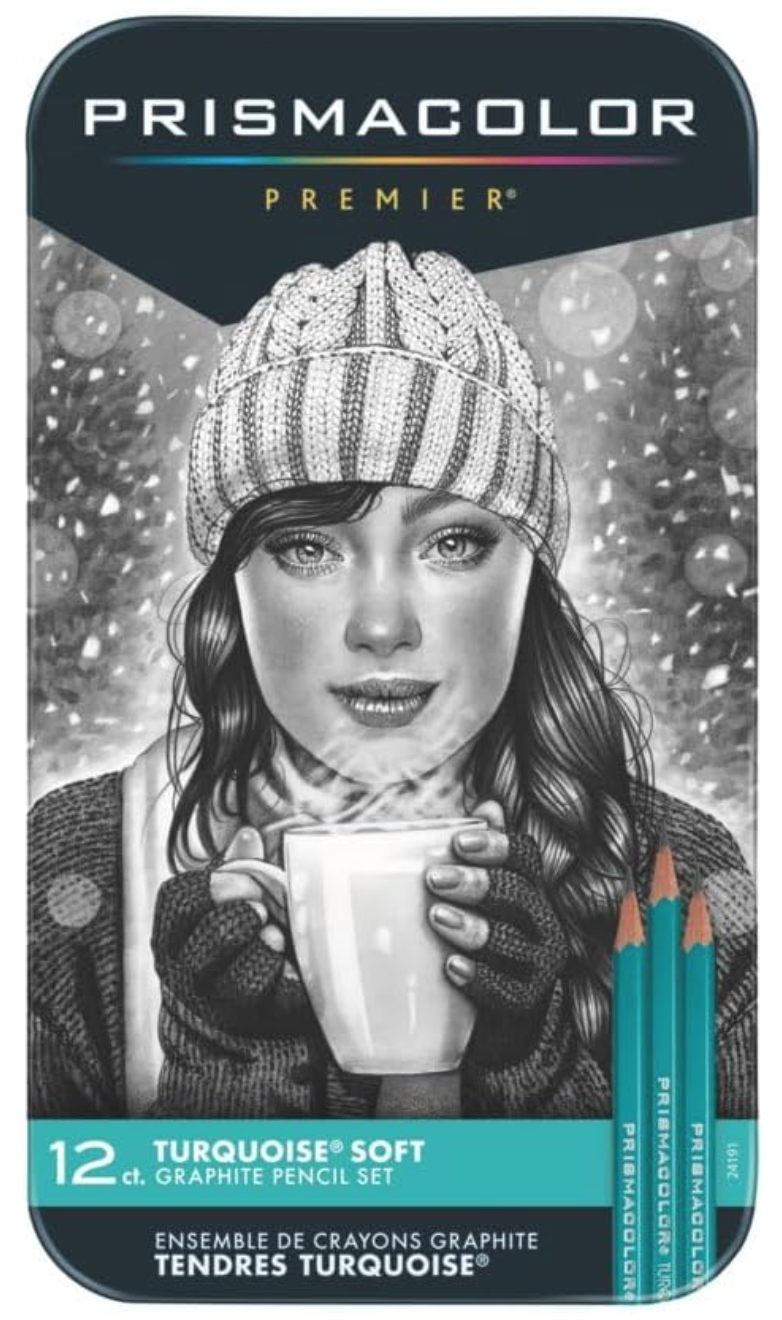
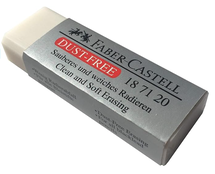
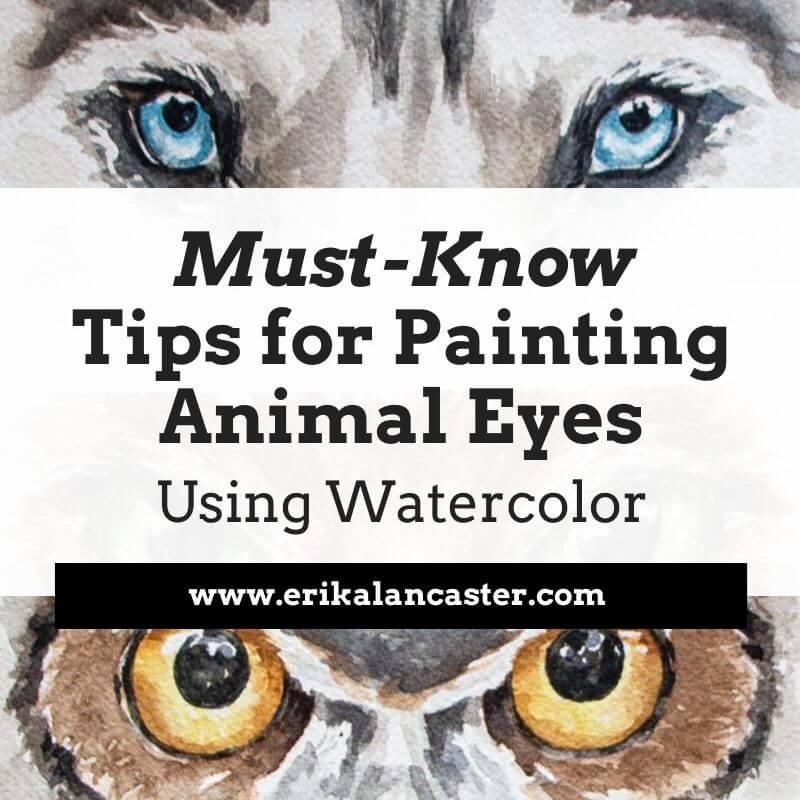
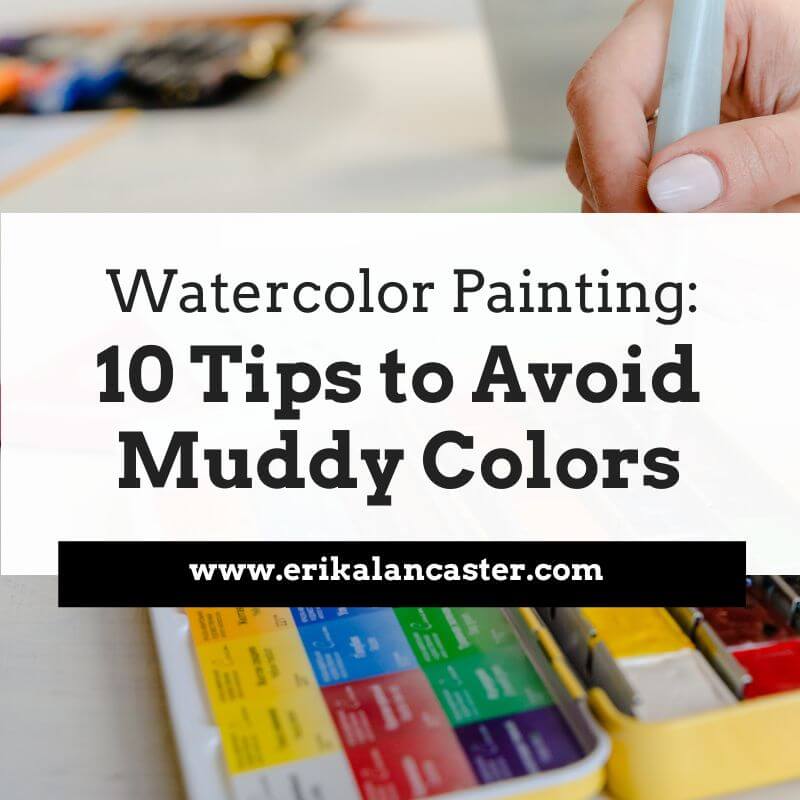
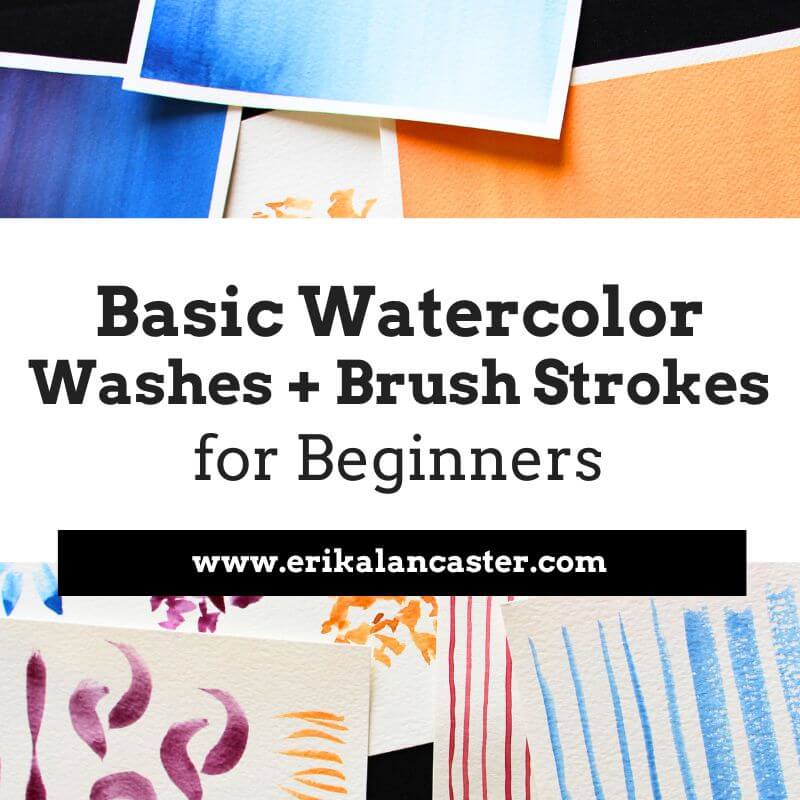
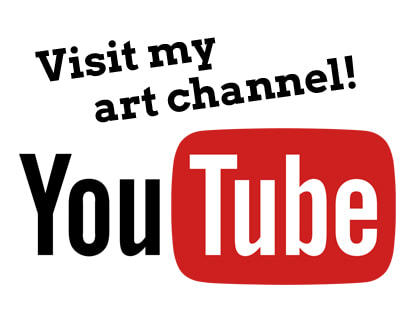
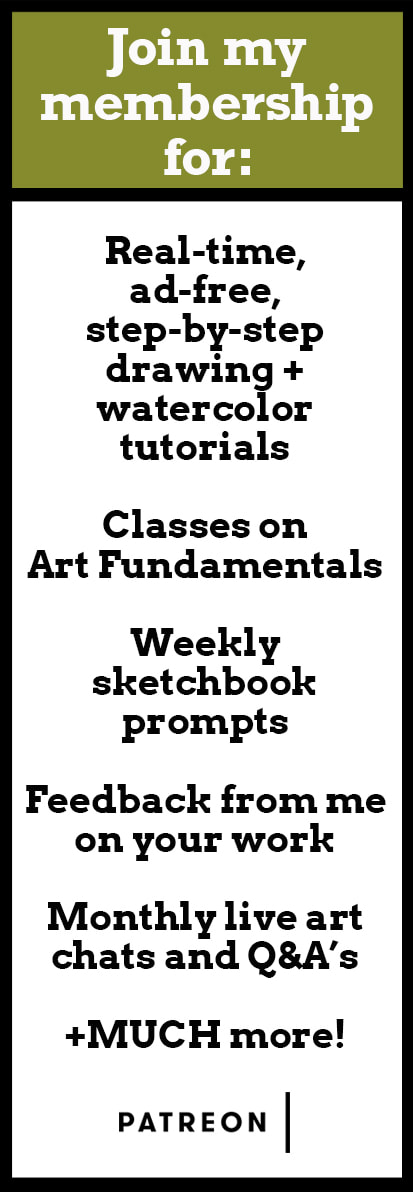
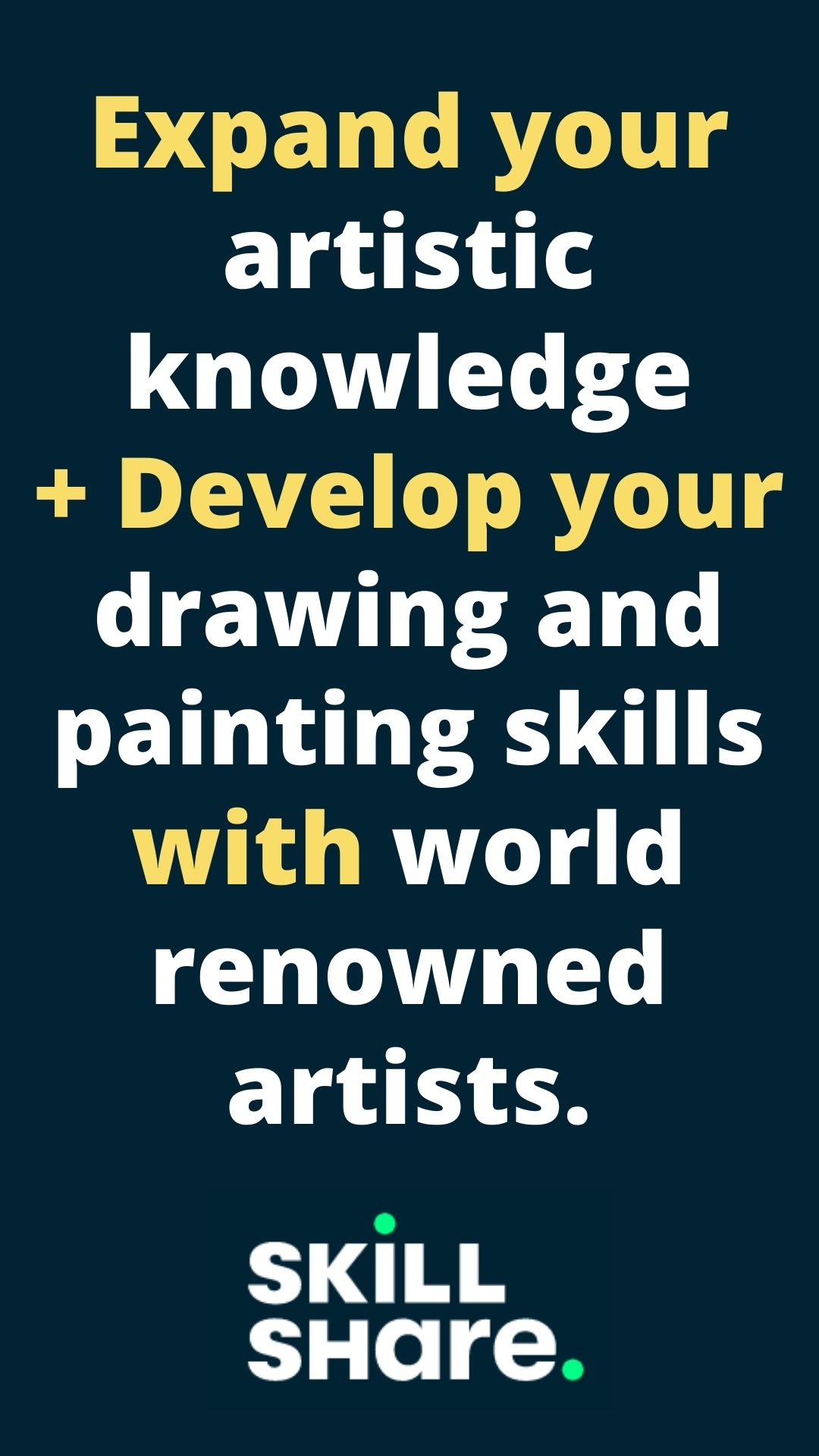

 RSS Feed
RSS Feed

